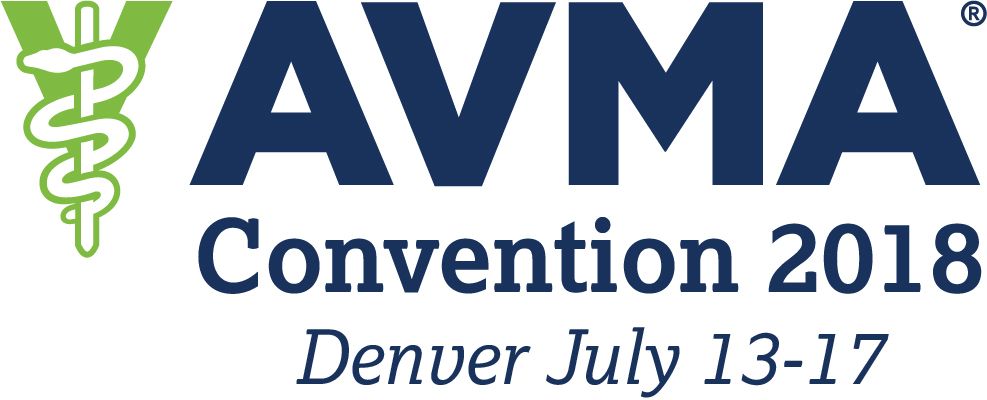AVMA 2018: Treating Zoonotic Diseases - Can Vets and MDs Unite?
A One Health expert explains why—and how—physicians and veterinarians need to join forces to improve management of zoonotic diseases in people and animals.

According to Audrey Ruple, PhD, DVM, MS, DACVPM, MRCVS, “we’re standing across a chasm and no one is doing anything to take the first step.” Dr. Ruple, from Purdue University College of Veterinary Medicine in West Lafayette, Indiana, presented a lecture at the 2018 American Veterinary Medical Association Convention on what physicians know about zoonotic diseases.
RELATED:
- The One Health Framework Can Be Used to Identify Zoonotic Endoparasites
- Global Organizations Join Forces to Address One Health Issues
Studies have shown that people in the community lack knowledge about zoonotic diseases, she said. For example, when members of the general public were surveyed about zoonotic diseases in dogs, only 85% said they would seek emergency medical help if they thought they had been exposed to rabies, and only 59% were aware that untreated rabies can be fatal. Additionally, when questioned about how they obtained information about these diseases, 49% of respondents indicated using the media and Internet, 35% asked veterinarians, and only 6% asked physicians.
This underscores the need for members community to receive education about zoonotic diseases—in particular, from reliable, professional sources.
Most infectious diseases that occur in people are zoonotic, Dr. Ruple said, and more than 50% of US homes have a pet. Additionally, people with injuries related to animal exposures are commonly treated in emergency rooms. Yet, despite these facts, data highlight physicians’ general lack of awareness of zoonotic diseases.
What Physicians (Don’t) Know
In one survey study of healthcare providers in Tennessee, only 39% of respondents knew how to treat Rocky Mountain spotted fever in children, and only 42% were aware of its case-fatality rate—even though the tickborne illness is prevalent in this region. And, in a study of physicians with farmer patients, 50% indicated feeling either “mostly” or “strongly” uncomfortable with their own knowledge about zoonotic diseases. Similarly, another study indicated that physicians not only were uncomfortable in advising patients about zoonotic diseases, but also believed that veterinarians should take on this role.
In contrast, a 2012 study of Tennessee veterinarians and physicians showed that only 13% of veterinarians felt uncomfortable advising clients with HIV/AIDS about the potential to contract zoonotic diseases; and 90% discussed the risks associated with contact between the immunocompromised patient and a pet that had a zoonotic disease.
The Root of the Problem
Several factors contribute to the shortfall in physicians’ knowledge of zoonotic diseases. Physicians are challenged to diagnose them because they arise uncommonly in people, Dr. Ruple said, and their associated clinical signs are rarely definitive. Confounding the issue is the fact that physicians also inconsistently ask their patients about pet ownership or pet contact.
Overall, the knowledge gap in zoonotic disease management between physicians and veterinarians may even have part of its roots in the process that accredits medical schools and veterinary schools in the United States, Dr. Ruple noted.
For veterinary schools, one accreditation standard has public health significance, she said, because it indicates the need for schools to provide education about zoonotic disease. Specifically, it highlights the need for a veterinary school curriculum to provide “instruction in the principles of epidemiology, zoonoses, food safety, the interrelationship of animals and the environment, and the contribution of the veterinarian to the overall public and professional healthcare teams.”
However, no such public health—related standard exists for accreditation of medical schools, Dr. Ruple said.
Adding to physicians’ knowledge gaps in managing zoonotic diseases is a lack of communication about this issue between physicians and veterinarians. This is highlighted by findings from the 2012 Tennessee survey in which 100% of physician respondents indicated they never or rarely contacted veterinarians for advice on zoonoses. Similarly, 97% of veterinarian respondents said they never or rarely contacted physicians for advice on the risks of zoonoses.
Bridging the Gap
To improve management of zoonotic diseases, therefore, Dr. Ruple indicated the need for bridge building between physicians and veterinarians. There are various ways to do this, she said, including by collaborating with physicians on local public health boards, especially because most of these boards reserve a place for a veterinarian. Additionally, veterinarians might also consider starting a journal club with physicians.
These are just a couple of ways in which physicians and veterinarians in the same community can work together to combat zoonotic diseases, Dr. Ruple concluded.